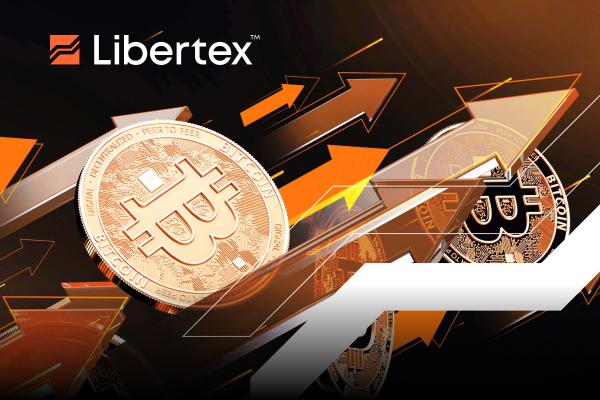After a long bear market that many dubbed a crypto winter, the sun has really come out for Bitcoin over the past year. Now, there may have been a slight dip in recent weeks since March's new all-time high of $73,000, but the current price of $67,586 (as of 12 June) still represents a more than 50% gain year-to-date and a whopping 160% increase versus 12 months ago. One key factor early in the year was, of course, the approval of spot Bitcoin ETFs, which led to wider adoption among institutional players and more traditional retail investors due to increased accessibility. Then, we had the much-anticipated Bitcoin halving in late April, whose long-term price effects are perhaps yet to be seen.
Now, as we head into the second half of the year, it's the US Federal Reserve that's taken centre stage for crypto traders as the market watches closely for any signs of when the promised rate cut will come, a move that is expected to buoy high-risk assets. With the fabled $100,000 BTC level within realistic reach, many are wondering how it could reach this target by year's end. A positive wider market environment, dovish monetary policy, and the "halving hangover" could all contribute. In this piece, we'll look at these factors' likely impact on the BTC price and try to assess the market's trajectory in H2 2024.
Favourable climate
Beyond its other strong fundamentals, Bitcoin's biggest strength now is its wide-reaching adoption. Finally, after years of ridicule, conservative investors and even institutions are ready to accept BTC as a serious part of their portfolios. Not only that, but they're actively upping their cryptocurrency holdings. In a recent survey of professional investors by WisdomTree, for instance, 36% expressed an intention to augment their allocation to digital assets and cryptocurrencies. Indeed, we saw over $1 billion worth of BTC inflows from institutional investors in 2023, and Bitcoin's market cap surpassed $1 trillion for the first time in its history.
As this trend picks up pace following the arrival of spot Bitcoin ETFs — a quick and easy vehicle for people to get crypto exposure without having to physically own the digital currency — we can expect further moves to the upside over the rest of 2024. Despite recording significant gains in 2023-2024, the economic climate has actually been quite hostile to risk assets like Bitcoin. Investors will be watching the June FOMC meeting carefully for any clear hints on when Powell plans to shift its policy. If the Fed does come good on its supposed September rate cut, then the way could well be paved for Bitcoin to move closer to its key $100,000 level by year's end.
Halfway there
Perhaps the most hotly anticipated event of 2024 among crypto aficionados, the April halving has had a somewhat underwhelming effect on prices. That said, it's well known that this quadrennial event often has a delayed impact on the value of the coin, with most of the gains coming around six months after the event on average.
The upshot of the halving is that mining block rewards are now 50% lower than they were, which in theory means that the price of the underlying asset, Bitcoin, must rise in order to ensure the activity of mining remains financially viable. Barring any quantum leap in ASIC technology and taking into account the talk of a 30% green tax on proof-of-work mining activities, it's hard to see how prices can't rise, given the vital nature of mining for the functioning of the blockchain.
However, senior analyst Nicholas Sciberras from research platform Collective Shift believes that the jury is still out on how important halvings are to Bitcoin's movements. In his view, "There is a theory that the four-year halving event is not as significant as many think and that, instead, its alignment with external liquidity cycles is what makes it appear like a trigger for upward price movement". Scriberras has also suggested that the impact of the halving could already be priced in and that this is what explains the March rally to $73,000.
Trade Bitcoin and more CFDs with Libertex
With Libertex, you can place long and short CFD trades, with or without leverage, in major coins like Bitcoin, Ethereum and Solana, as well as key crypto derivatives like the Grayscale Bitcoin Trust. For more information or to create an account today, visit www.libertex.com/signup


